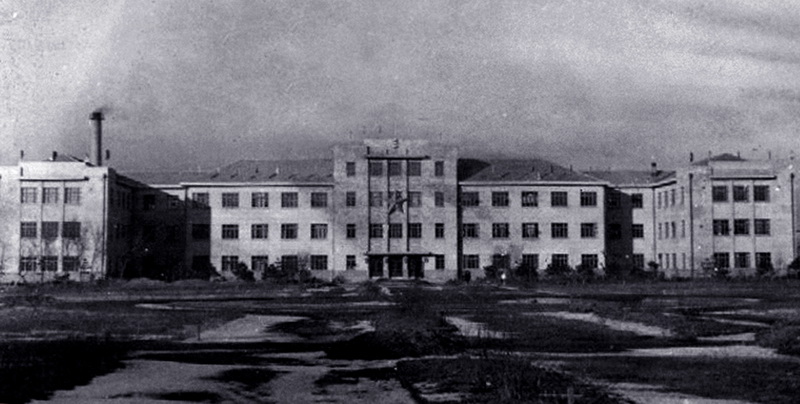In 1953, in order to develop and utilize forest resources and maintain regional ecological balance in Northeast China, the Chinese Academy of Sciences established the Preparatory Office of the Forestry Institute in Harbin. The Preparatory Office was under the leadership of Professor LIU Shen'e.
In October 1954, to meet the needs of economic development in Northeast China, according to the decision of the 35th CAS Meeting, the Preparatory Office of the CAS Forestry Institute, the Preparatory Office of the Northeast Soil Institute and the microorganism research section of the Agricultural Chemistry Laboratory of Changchun Comprehensive Institute were merged to establish the Forestry & Soil Institute of the Chinese Academy of Sciences.
In July 1962, the Party Committee of the Chinese Academy of Sciences decided to transfer the Forest & Soil Institute under the leadership of the CAS Northeast Branch, though the specific number of staff and the amount of funding were still regulated by the CAS headquarters (in Beijing).
Starting from July 15, 1970, the Forest & Soil Institute was affiliated to the Bureau of Science and Technology of Liaoning Province, and later renamed as Liaoning Forestry & Soil Institute. From March 1, 1978 onward, the Institute was co-led by CAS and Liaoning Province.
To meet the needs of national scientific and technological development and in response to CAS' Strategic Planning for strengthening the study on ecological resources and the environment, the Forestry & Soil Institute was renamed Institute of Applied Ecology, Chinese Academy of Sciences on October 27, 1987, with the approval of the CAS headquarters.
On July 2, 2001, IAE was officially approved as a pilot institute of the CAS Knowledge Innovation Program and the institute embraced a period of rapid development.
In 2015, in accordance with the requirements of the CAS Pioneer Initiative (“Four Firsts”) and the unified deployment of the reform of CAS-affiliated institutes, IAE became one of the first batch of pilot Feature Institutes of the CAS, and successfully passed the acceptance inspection in 2018, indicating that IAE has entered a new historical development stage.
To support the country's development, over the past few decades, IAE has sent out several groups of outstanding talents to establish new research institutes elsewhere. In 1959, a total of eighteen people including Li Minggang, an associate researcher who made a fruitful contribution to the wind and sand control that then ensured the smooth passage of the Baolan Railway through the Tengger Desert, were transferred to the CAS Desert Control Team (the predecessor of the Desert Institute) in order to strengthen the research there on desertification control. In 1965, to strengthen the forest fire prevention research in the Greater Xing'an Mountains, at the request of the Ministry of Forestry, twelve people, headed by associate researcher WANG Zhengfei, who had been conducting the lightning fire research, were transferred out of IAE to form a Forest Fire Institute. In 1996, to strengthen the scientific research of Northeastern University, a team of six people headed by Academician FANG Zhaolun, who had been conducting the flow injection technology research, were transferred to Northeastern University to form a Chemical & Analytical Science Center.

Fig1. The main building and yard of IAE at the beginning of its establishment (1954)